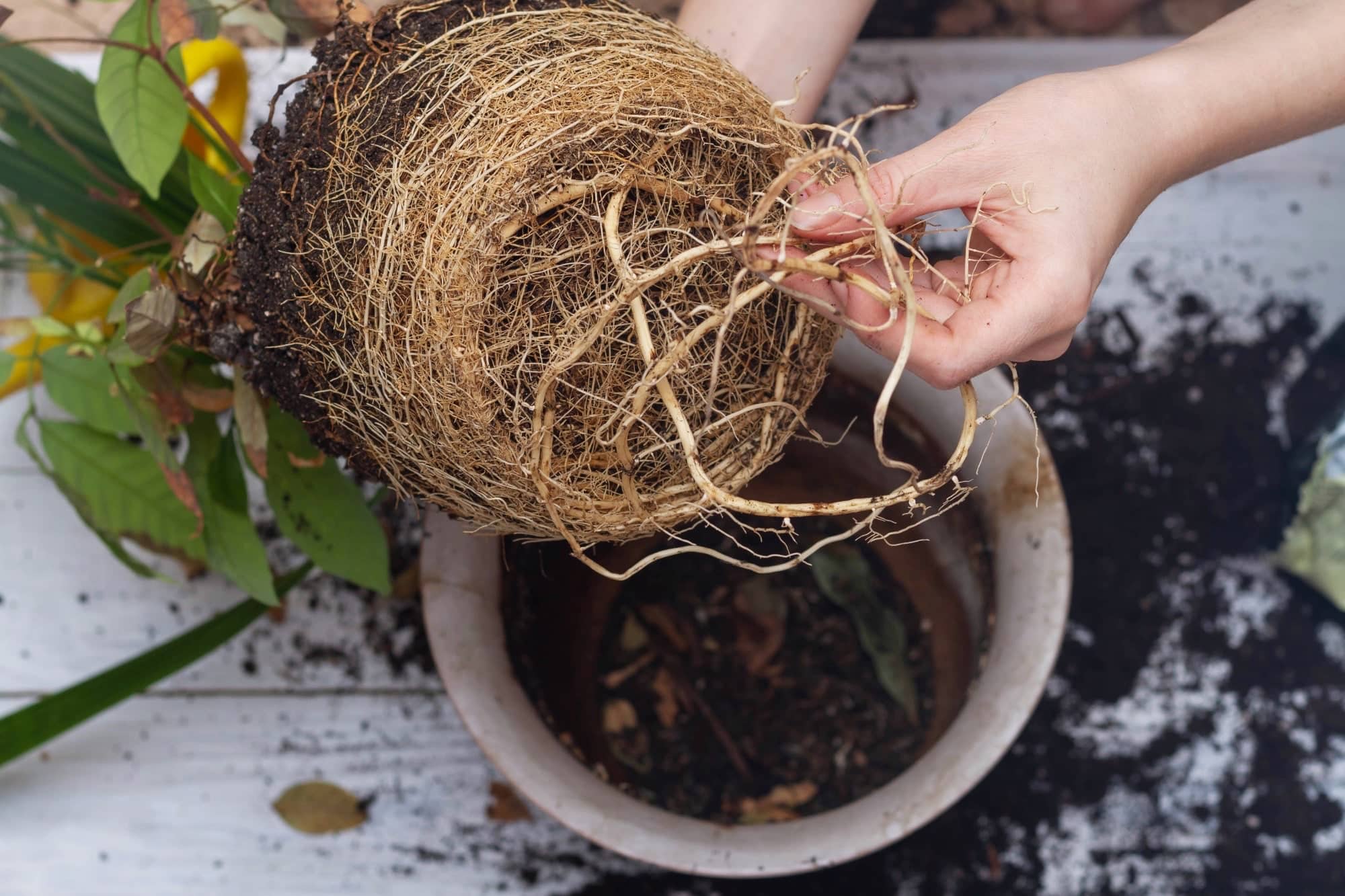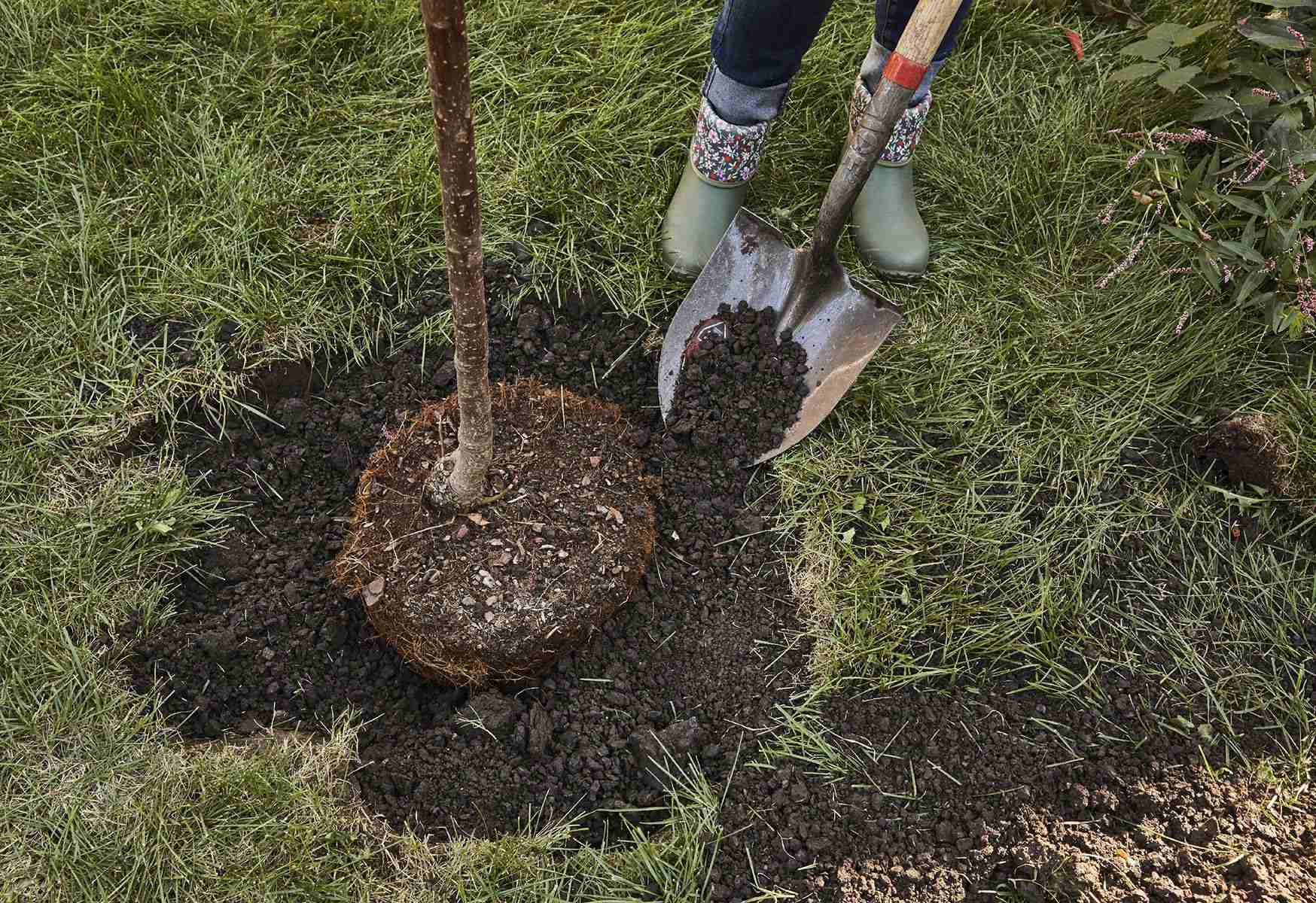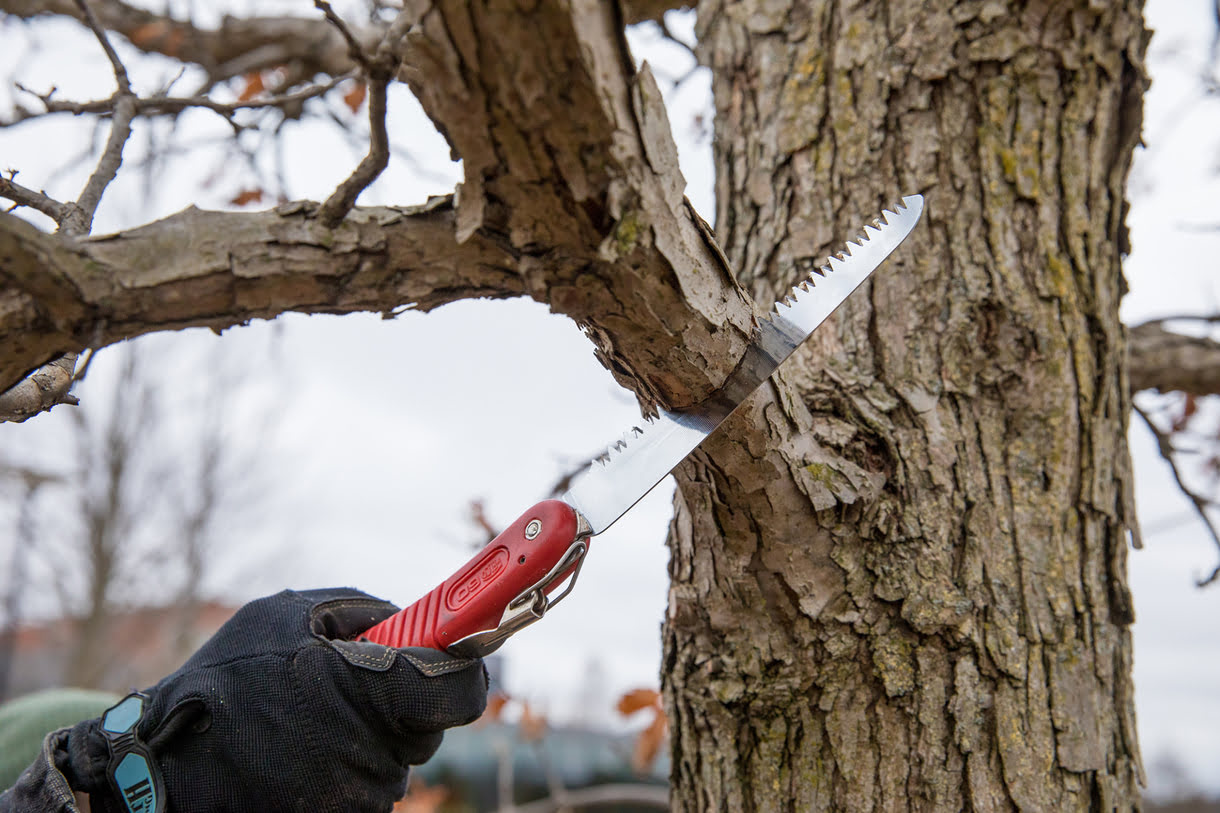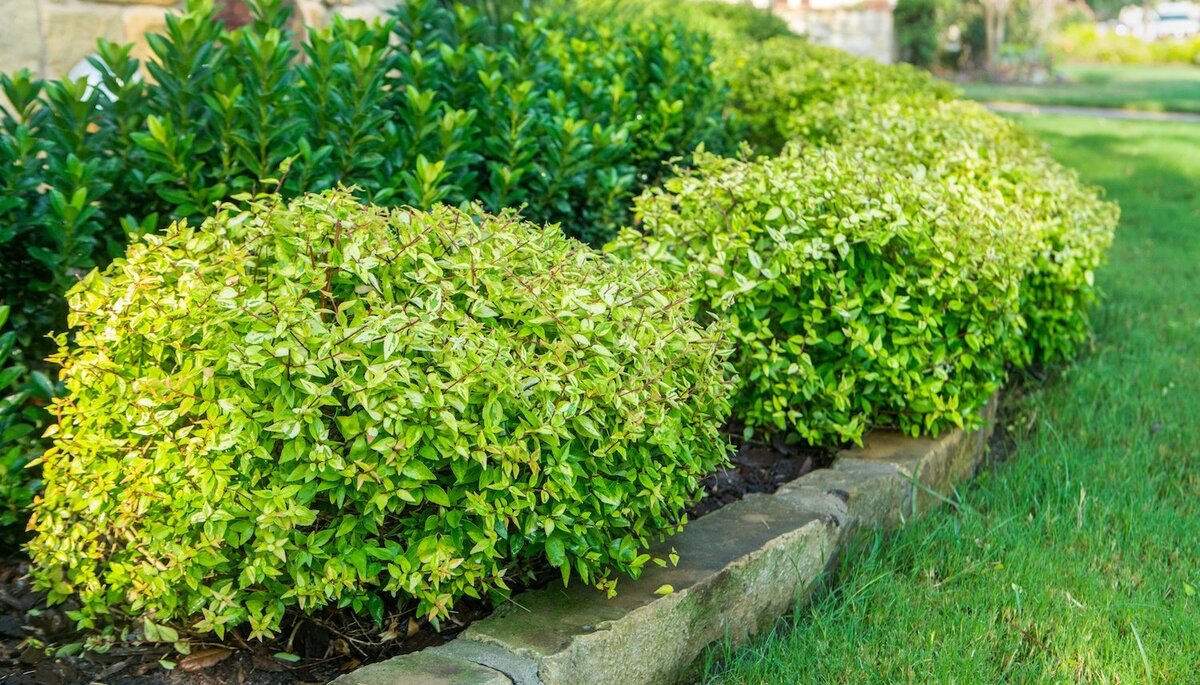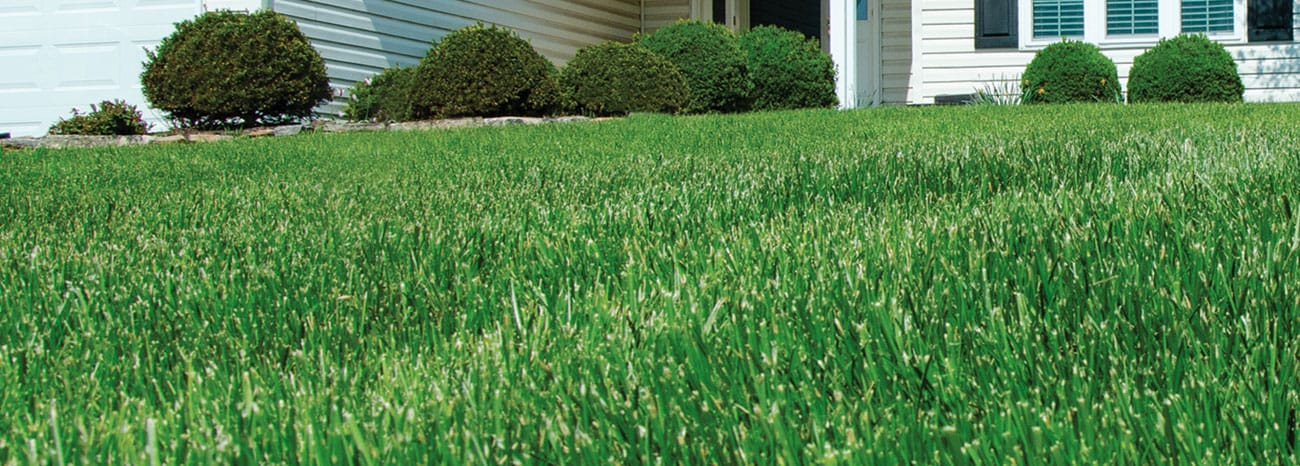Home>Gardening Techniques>Seasonal Gardening>When Should You Plant Shrubs


Seasonal Gardening
When Should You Plant Shrubs
Modified: January 22, 2024
Discover the best time to plant shrubs and optimize your seasonal gardening with our expert tips and advice. Start growing a beautiful garden today!
(Many of the links in this article redirect to a specific reviewed product. Your purchase of these products through affiliate links helps to generate commission for Chicagolandgardening.com, at no extra cost. Learn more)
Table of Contents
Introduction
Gardening is a rewarding and fulfilling hobby that allows us to connect with nature and create beautiful outdoor spaces. One key aspect of gardening is knowing when to plant different types of plants, including shrubs. Planting shrubs at the right time can significantly impact their growth and overall health.
Shrubs are an essential part of any garden or landscape design. They provide structure, visual interest, and can even serve as hedges or privacy screens. However, planting shrubs at the wrong time can result in stunted growth, decreased resilience, or even plant death. By understanding the optimal time for planting shrubs, you can give them the best possible chance to thrive in your garden.
Knowing when to plant shrubs involves considering various factors, including climate, soil conditions, and the availability of water. Different shrub species have different preferences and tolerances, so it’s important to do your research and choose plants that are well-suited to your specific environment. By taking these factors into account, you can ensure that your shrubs have the best chance of establishing themselves and flourishing in your garden.
In this article, we will explore the best time of the year to plant shrubs and discuss the important considerations to keep in mind before you start digging. Whether you’re a seasoned gardener or just starting out, understanding the optimal planting time for shrubs will help you create a thriving garden that brings you joy throughout the seasons.
Factors to Consider Before Planting Shrubs
Before you start planting shrubs in your garden, there are several important factors that you should consider. These factors will help ensure that your shrubs have the best chance of thriving and adding beauty to your outdoor space. Let’s explore some of these key considerations:
- Climate: The climate in your region plays a vital role in determining the best time to plant shrubs. Some shrubs are more suited to colder climates, while others thrive in warmer regions. Understanding the climate in your area will help you select shrub species that are well-adapted to the local conditions.
- Soil Conditions: The health of the soil is crucial for the successful growth of shrubs. Before planting, assess the soil’s pH level, drainage capabilities, and nutrient content. Certain shrubs prefer acidic soils, while others thrive in alkaline or neutral soil. Amending the soil with compost or organic matter can improve its fertility and structure.
- Availability of Water: Shrubs require an adequate water supply for their establishment and growth. Consider the availability of water in your area, including rainfall patterns and access to irrigation. Choose shrubs that are compatible with the water availability in your region to prevent them from becoming stressed or waterlogged.
- Sunlight Exposure: Different shrubs have varying sunlight requirements. Some thrive in full sun, while others prefer partial shade or shade. Evaluate the sunlight conditions in your garden to select shrubs that will receive the appropriate amount of light for their optimal growth.
By taking these factors into account, you can better understand the specific needs of your shrubs and make informed decisions when it comes to planting them. This will ultimately contribute to their overall health, longevity, and ability to enhance your garden’s beauty.
Best Time of the Year to Plant Shrubs
Choosing the right time of year to plant shrubs is crucial for their successful establishment and growth. While the ideal planting time can vary depending on the specific shrub species and climate, there are general guidelines that can help you determine the best time to start digging. Let’s explore the seasons and their suitability for planting shrubs:
- Spring: Spring is often considered one of the best times to plant shrubs. As the temperatures start to rise and the soil begins to warm up, shrubs have the opportunity to establish their root systems before the heat of summer. Spring provides favorable conditions with sufficient moisture and longer daylight hours, promoting healthy growth.
- Fall: Fall is another optimal time for planting shrubs, especially in regions with mild to moderate climates. The cooler temperatures and potentially higher rainfall provide ideal conditions for root development. Planting in fall allows shrubs to settle in and establish strong roots during the dormant period, making them more resilient when spring arrives.
- Early Summer: In some cases, early summer can be a suitable time for planting shrubs, especially in cooler climates. However, it’s important to ensure that the shrubs receive adequate water during the hot summer months. Planting early in the season allows the shrubs to take advantage of the warm temperatures while still having time to establish themselves before the heat becomes too intense.
While these are general guidelines, it’s important to consider the specific requirements of the shrub species you intend to plant. Some shrubs may have specific planting preferences and adaptations to certain seasons. Consulting with local gardening experts or researching the specific shrub species will provide valuable insights into their ideal planting time.
Remember, it’s essential to avoid planting shrubs during extreme weather conditions such as periods of intense heat or frost. These conditions can stress the shrubs and impede their ability to establish roots effectively. By selecting the right time of year and providing the necessary care, you can give your shrubs the best chance to thrive and beautify your garden.
Climate Considerations
When it comes to planting shrubs, one of the most important factors to consider is the climate of your region. The climate plays a significant role in determining which shrub species are most suitable for your area and when to plant them. Here are some essential climate considerations to keep in mind:
Hardiness Zones: Hardiness zones are geographical regions categorized based on their average minimum winter temperatures. Each zone has a specific range of temperatures that can impact plant growth. Understanding your hardiness zone can help you select shrubs that are well-adapted to the local climate and have a better chance of thriving. You can find information about your hardiness zone from the U.S. Department of Agriculture (USDA) or your local gardening extension office.
Temperature Extremes: Consider the temperature extremes in your region, such as extreme heat waves or bitterly cold winters. Some shrub species are more tolerant of heat stress or frost, while others may require extra protection during extreme conditions. By selecting shrubs that can withstand or be protected from temperature extremes, you can ensure their long-term survival.
Rainfall Patterns: Take into account the typical rainfall patterns in your area. Some shrubs prefer consistently moist soil, while others are more drought-tolerant. Matching your shrub selections to the rainfall patterns in your region can help them establish and thrive without requiring excessive watering or suffering from waterlogged soil.
Microclimates: Understand the microclimates within your garden. Microclimates are small-scale areas that differ from the overall climate of the region. Factors such as sun exposure, slope, and proximity to structures or bodies of water can create microclimates that may affect shrub growth. Consider these microclimates when selecting shrubs and planting them in specific areas of your garden.
By carefully considering the climate in your region and understanding the specific needs of shrubs in relation to temperature, rainfall, and microclimate, you can make informed decisions about which shrub species to plant and when to plant them.
Remember, if you’re unsure about the suitability of certain shrub species for your climate, consulting with local gardening experts or professionals can provide valuable guidance and ensure successful results in your garden.
Soil Conditions
The health and quality of the soil in your garden are crucial factors in the successful growth of shrubs. Before planting, it’s important to assess and understand the soil conditions to ensure that it can provide the necessary nutrients, drainage, and structure for the shrubs to thrive. Here are some key soil considerations:
pH Level: The pH level of the soil determines its acidity or alkalinity. Different shrub species have varying pH preferences, with some preferring acidic soil (pH below 7), while others thrive in alkaline or neutral soil (pH above 7). Testing the pH level of your soil will help you determine if any amendments need to be made to create an optimal growing environment for your chosen shrubs.
Drainage: Proper drainage is essential for the health of shrubs. Poorly drained soil can lead to root rot and other issues. Test the drainage capabilities of your soil by digging a hole and filling it with water. If the water drains slowly or stands for an extended period, you may need to improve the drainage by incorporating organic matter or adjusting the landscape to redirect water flow.
Nutrient Content: Assess the nutrient content of your soil. Shrubs require essential nutrients, such as nitrogen, phosphorus, and potassium, for healthy growth. Soil tests can provide insights into the nutrient deficiencies or excesses in your soil, allowing you to amend it with organic fertilizers or compost to create a balanced nutrient profile for the shrubs.
Soil Structure: The structure of the soil impacts its ability to retain water, allow root penetration, and facilitate nutrient uptake. Sandy soils drain quickly but can struggle with water and nutrient retention. Clay soils retain water but may have poor drainage. Loamy soils, which contain a balanced mixture of sand, silt, and clay, are considered ideal for most shrubs. If your soil lacks the desired structure, amending it with organic matter can improve its texture and fertility.
By addressing these soil factors, you can create an optimal growing environment for your shrubs. Amending the soil with organic matter, adjusting the pH level, improving drainage, and providing the necessary nutrients will ensure that your shrubs have the best chance of thriving and developing strong root systems.
Remember, soil conditions can vary within a garden, so it’s important to assess each planting area separately and make any necessary adjustments to create an ideal environment for each shrub species you intend to plant.
Availability of Water
Water is a vital resource for the growth and survival of shrubs. Before planting shrubs in your garden, it’s important to consider the availability of water in your area. Understanding the water conditions will help you select shrubs that are well-suited to the water availability and establish proper watering routines. Here are some key considerations:
Rainfall Patterns: Assess the typical rainfall patterns in your region. Some areas receive consistent rainfall throughout the year, while others have distinct wet and dry seasons. Consider shrubs that are suited to the local rainfall patterns. Drought-tolerant shrubs may be more suitable for regions with limited rainfall, while others may thrive in areas with higher precipitation levels.
Irrigation: Evaluate the availability and efficiency of irrigation systems in your garden. Depending on the water availability, you may need to supplement rainfall with irrigation. Determine the type of irrigation system that suits your garden, such as drip irrigation, sprinklers, or soaker hoses, and ensure that the shrubs receive the appropriate amount of water without overwatering or causing water stagnation.
Water Quality: Consider the quality of the water available for irrigation. Some shrubs may be sensitive to certain water contaminants, such as high sodium or chlorine levels. If necessary, utilize appropriate water treatment methods or opt for rainwater harvesting to ensure the best water quality for your shrubs.
Watering Frequency: Understand the watering needs of the shrubs you intend to plant. Some shrubs require regular watering while establishing their root systems, while others can handle periods of drought once established. Adjust the watering frequency based on the specific needs of the shrub species and the weather conditions to promote healthy growth.
Conservation: Consider water conservation practices in your garden. Using mulch around the base of shrubs can help retain moisture in the soil and reduce water evaporation. Planting shrubs in groupings or creating small basin areas can help capture and direct water to the root zones. Additionally, selecting native or drought-tolerant shrubs can reduce water requirements and promote sustainable gardening practices.
By understanding the availability of water in your area and selecting shrubs that align with those conditions, you can ensure that your shrubs receive the necessary moisture for healthy growth and reduce water-related stressors on the plants.
Remember to monitor the soil moisture levels regularly and make adjustments to your watering routine as necessary to maintain optimal moisture levels for your shrubs.
Choosing the Right Shrubs for Planting
Choosing the right shrubs for planting is crucial for the success and long-term health of your garden. There are numerous shrub species available, each with its own unique characteristics and requirements. Consider the following factors to ensure that you select the right shrubs for your garden:
Climate Compatibility: Consider the climate of your region and choose shrubs that are well-adapted to the local conditions. Some shrubs thrive in colder climates, while others are more suited to hot and dry regions. Understanding your climate will help you narrow down your options and select shrubs that will thrive in your environment.
Size and Growth Habit: Take into account the mature size and growth habit of the shrubs. Determine the available space in your garden and choose shrubs that won’t outgrow the area or require frequent pruning to maintain their shape. Consider factors such as height, spread, and form to ensure that the shrubs will fit harmoniously into your landscape design.
Appearance and Aesthetics: Assess the desired appearance and aesthetic qualities you want in your garden. Shrubs come in various forms, including compact, upright, weeping, and cascading. Consider the foliage color, flower type, and overall texture of the shrubs to create a visually pleasing and cohesive garden design.
Maintenance Requirements: Evaluate the maintenance requirements of the shrubs. Some shrubs may require regular pruning, fertilizing, or pest management, while others are relatively low-maintenance. Consider the amount of time and effort you’re willing to invest in caring for the shrubs and choose varieties that align with your maintenance preferences.
Function and Purpose: Determine the function and purpose that the shrubs will serve in your garden. Are you looking for shrubs to create privacy, add color, or attract wildlife? Understanding the intended purpose of the shrubs will help you select varieties that fulfill those specific needs.
Native and Ecological Considerations: Consider choosing native shrub species that are adapted to your local ecosystem. Native shrubs are often well-suited to the climate, soil conditions, and wildlife in your area. They can provide habitat and food for native animals while promoting biodiversity in your garden.
By considering these factors, you can choose the right shrubs for your garden that not only thrive in your specific climate and conditions but also enhance the overall aesthetics and functionality of your outdoor space.
Remember to research and gather information about the shrub species you’re interested in, consult local gardening resources, and seek advice from nurseries or horticultural experts to make informed decisions.
Benefits of Planting Shrubs at the Right Time
Planting shrubs at the right time can yield numerous benefits for their overall health, growth, and long-term success in your garden. When you align the planting time with optimal conditions, you provide the shrubs with the best chance to thrive. Here are some key benefits of planting shrubs at the right time:
Establishment and Root Development: By planting shrubs at the appropriate time, you allow them to establish their root systems effectively. This is especially crucial during the early stages of growth when the shrubs are more vulnerable. With adequate time to establish roots, the shrubs can access water and nutrients efficiently, promoting healthy growth and resilience.
Maximized Growing Season: Planting shrubs at the right time ensures that they can take full advantage of the growing season. By planting early in the season, such as spring or fall, the shrubs have ample time to establish themselves and develop before facing the challenges of harsh weather conditions or heat stress.
Increased Flowering and Fruiting: Proper timing of planting can lead to increased flowering and fruiting. By selecting shrubs and planting them when their natural growth and flowering cycles align with the season, you enhance the chances of abundant blooms or fruitful harvests. This not only adds visual appeal to your garden but also attracts pollinators and provides potential food sources.
Reduced Stress and Transplant Shock: Planting shrubs at the right time minimizes stress and transplant shock. When shrubs are planted during favorable weather conditions, they experience less stress during the establishment phase. This helps them recover faster from the transplanting process and adapt to their new environment more effectively.
Improved Survival Rates: When shrubs are planted at the optimal time, they have a higher chance of survival. By considering factors such as temperature, rainfall, and the specific needs of the shrubs, you create a conducive environment for their growth and reduce the risks of failure or mortality. This saves you time, money, and effort spent on replanting or replacing shrubs that didn’t survive.
Enhanced Overall Health and Vigor: Planting shrubs at the right time sets them up for long-term health and vigor. When shrubs receive the necessary conditions and care during their initial growth stages, they develop deep and strong root systems. This allows them to access nutrients and water more effectively, leading to healthier foliage, increased disease resistance, and overall longevity.
By considering the optimal planting time for shrubs and aligning it with their specific needs and the conditions of your garden, you create an environment that promotes their success. This results in beautiful, thriving shrubs that add value and enjoyment to your outdoor space.
Conclusion
Planting shrubs at the right time is essential for their successful establishment, growth, and long-term health in your garden. By considering factors such as climate, soil conditions, water availability, and the specific needs of the shrub species, you can make informed decisions about when and what to plant. This will set your shrubs up for success and ensure they thrive in your outdoor space.
Before planting shrubs, take the time to assess your garden’s conditions and research the shrub species that are best suited to your region. Consider the climate compatibility, soil conditions, and water availability to select shrubs that can adapt and flourish in your specific environment.
By choosing the right time to plant shrubs, you give them the opportunity to establish their root systems effectively, maximize the growing season, and achieve their full potential in terms of flowering and fruiting. Carefully timing your planting will also reduce stress and transplant shock, improve survival rates, and contribute to the overall health and vigor of your shrubs.
Remember to consult with local gardening experts, nurseries, or extension offices for specific recommendations and guidance tailored to your garden and region. Each garden is unique, and by understanding and addressing the specific needs of your shrubs, you can create a thriving and beautiful outdoor space.
So, whether you’re a seasoned gardener or just starting out, take the time to choose the right shrubs and plant them at the optimal time. Your efforts will be rewarded with a garden that bursts with color, provides structure and interest, and brings you joy throughout the seasons.

